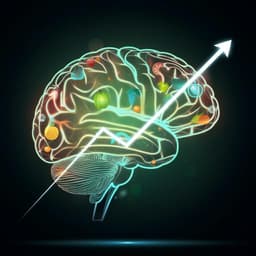
Biology
Predictive musculoskeletal simulations reveal the mechanistic link between speed, posture and energetics among extant mammals
C. J. Clemente, F. D. Groote, et al.
Explore how speed, body mass, and posture influence mammals through groundbreaking simulations conducted by Christofer J. Clemente, Friedl De Groote, and Taylor J. M. Dick. Discover the surprising general rules that govern these relationships across species, from nimble mice to colossal elephants!
Playback language: English
Related Publications
Explore these studies to deepen your understanding of the subject.







